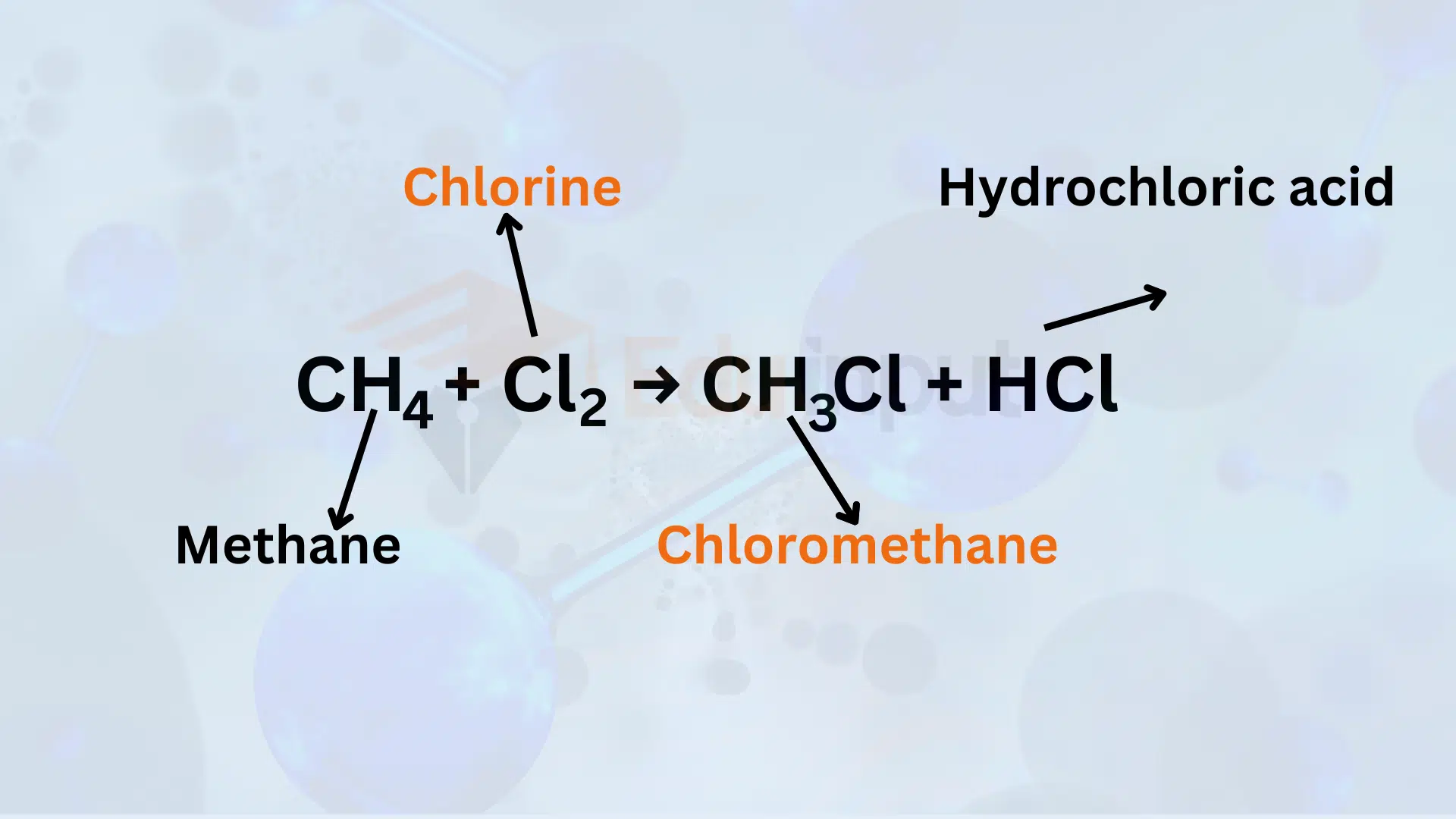15 Examples of Pressure
Pressure is a fundamental concept in physics and engineering, describing the force applied per unit area. It plays a crucial role in various natural phenomena and human-made systems. In this article, we’ll examine 15 different examples of pressure.
Examples of Pressure
Here are 15 Examples of Pressure:
1. Atmospheric Pressure and Barometers
Atmospheric pressure is the force exerted by the air above us. A common tool for measuring atmospheric pressure is the barometer. At sea level, atmospheric pressure is approximately 101.3 kilopascals.
2. Hydrostatic Pressure in Fluids
Hydrostatic pressure is the pressure exerted by a fluid at rest. In a column of fluid, the pressure increases with depth due to the weight of the fluid above. This principle is fundamental to understanding fluid behavior in oceans and lakes.
3. Blood Pressure in the Human Body
Blood pressure is the force exerted by circulating blood against the walls of blood vessels. It is expressed in millimeters of mercury (mmHg) and consists of systolic pressure (during heartbeats) and diastolic pressure (between heartbeats). Normal blood pressure is around 120/80 mmHg.
4. Pressure in Gases and Boyle’s Law
In gases, pressure is related to volume by Boyle’s Law. As the volume of a gas decreases, the pressure increases, and vice versa. This principle is applied in devices like syringes and scuba tanks.
5. Pressure Cooking and Pascal’s Law
Pressure cooking utilizes the principle of Pascal’s Law, stating that a change in pressure applied to an enclosed fluid is transmitted undiminished to all portions of the fluid. This cooking method reduces cooking time by increasing the boiling point of water.
6. Tire Pressure in Vehicles
Maintaining proper tire pressure is crucial for vehicle safety and fuel efficiency. Insufficient or excessive tire pressure can lead to uneven wear and reduced traction, affecting overall performance.
7. Pressure Sensors in Electronics
Pressure sensors are widely used in electronics to measure and regulate pressure. For instance, barometric pressure sensors in smartphones assist in altitude measurement and weather prediction.
8. Pressure in Scuba Diving
In scuba diving, pressure increases with depth due to the weight of water above. Divers use pressure gauges to monitor their depth and avoid potential health risks associated with changes in pressure.
9. Pressure in Aviation and Altitude
As aircraft ascend or descend, atmospheric pressure changes. Pilots use altimeters to measure altitude based on pressure variations. This is crucial for navigation and safety in aviation.
10. Oil Pressure in Machinery
In machinery with moving parts, such as engines, oil pressure is essential for lubrication. Proper oil pressure ensures that components function smoothly and minimizes friction.
11. Pressure in Weather Systems
Weather systems are influenced by variations in atmospheric pressure. High-pressure systems generally bring fair weather, while low-pressure systems are associated with clouds, rain, and storms.
12. Pressure in Liquids and Pascal’s Principle
Pascal’s Principle states that changes in pressure applied to an enclosed fluid are transmitted uniformly in all directions. This principle is fundamental in hydraulic systems, where pressure is used to transmit force.
13. Pressure in Basketball and Bouncing Balls
Basketballs and other sports balls bounce due to the pressure of the air inside. The elasticity of the ball’s material, combined with air pressure, determines its bouncing behavior.
14. Pressure in Lungs and Breathing
In the respiratory system, changes in lung pressure enable breathing. When the diaphragm contracts, lung volume increases, leading to a decrease in pressure, allowing air to flow into the lungs.
15. Pressure in Earth’s Mantle and Tectonic Plates
In the Earth’s mantle, pressure plays a role in the movement of tectonic plates. Convection currents, driven by heat and pressure differentials, contribute to the shifting of these plates.






Leave a Reply